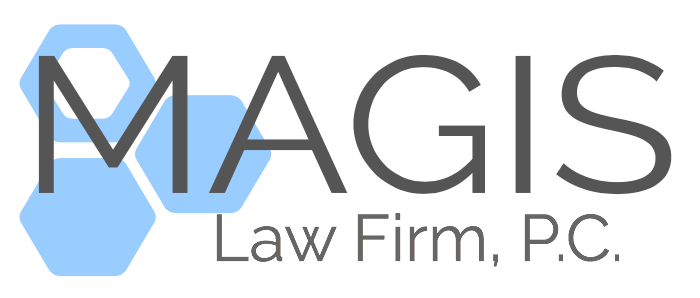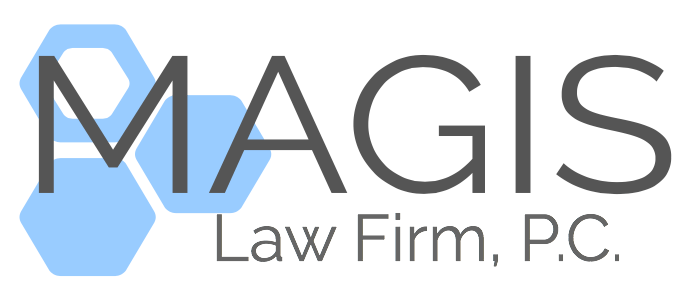Copyright Law
Copyright protection attaches to original works of authorship fixed in any tangible medium of expression, now known or later developed, from which they can be perceived, reproduced, or otherwise communicated, either directly or with the aid of a machine or device.
In the US, computer programmers are considered literary works under the Copyright Act. Further, the graphics, sounds, and appearance of a computer program may be protected as an audiovisual work; as a result, a program can infringe another work even if no code was copied. A copyright claim based on the look and feel of a user interface must demonstrate that specific elements of a user interface infringe on another work.
Healthcare technology may have several aspects that are protected under copyright law, including the software used to run the device, artistic designs applied to the exterior housing, and the look and feel of the user interface. There is a fine line, however, between applied arts, which are copyrightable and useful industrial design, which is not copyrightable. Courts have held that the design of a useful article, like a medical device, can be protected by copyright only to the extent that its artistic features can be identified separately from, and exist independently of, the useful aspects of the item.
Patent Law
Under US law, a patent is a right granted to the inventor of a process, machine, article of manufacture, or composition of matter, which is new, useful, and non-obvious. There are two types of patents: utility patents and design patents. A utility patent may be sought on any new and useful process, machine, manufacture, or composition of matter. Design patents protect the novel ornamental features of a patented design. Like a utility patent, a design patent allows the patentee to exclude others from using the patented aspect of the product. Subject to some exceptions, the utility patent term is 20 years from the earliest filing date, while the term for a design patent is 14 years from the date of issue.
A medical device of digital software may have various features and design aspects that can be protected with patents. Utility patents may protect the new features provided by the software and hardware design. Design patents may protect the user interface and the exterior configuration.
While obtaining a utility patent can be expensive, the benefits of filing are numerous: Issued patents enjoy a presumption of validity in legal proceedings and patents can be a major source of income as the rights to use the technology may be licensed to competitors or be kept for competitive advantage. Moreover, it has been said that having a patent can bolster a HealthTech company’s valuation: For the start-ups that eventually go public, valuation can reach USD$1.1 million per software patent application filed.
Matthew DeNoncour, Esq. is the principal attorney and owner of Magis Law Firm, a boutique law firm based in Boston, with offices in Providence, Miami, and Fort Myers, where he provides legal services to the healthcare, life science, and technology industries. You can reach Matt at magislawfirm.com, by phone at 866-277-8680 or by email at mdenoncour@magislawfirm.com. This post is not meant to be legal advice: learn more here.



